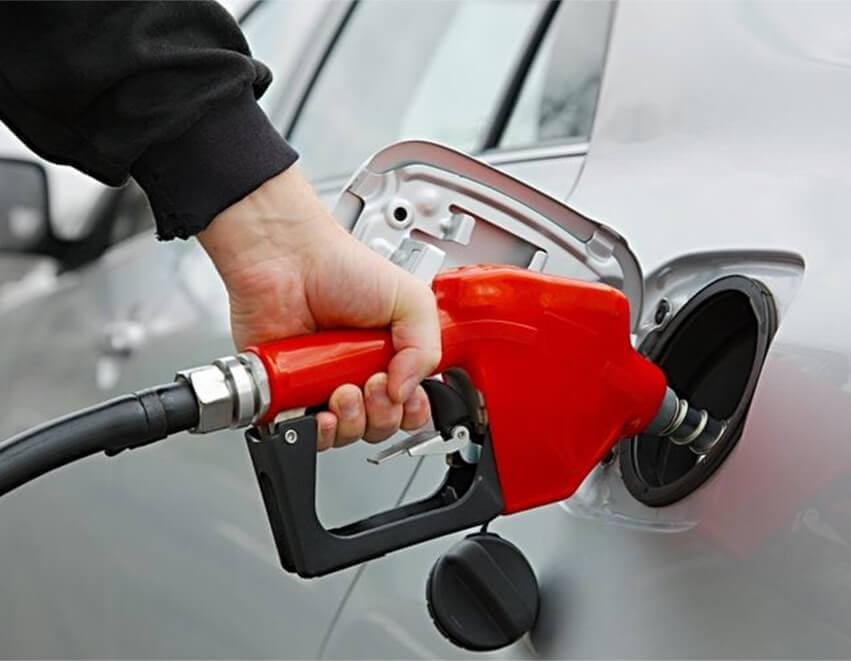Keeping your tires inflated properly is super! It really affects safety, fuel efficiency, and how long your tires last. To help you with that, a good tire pressure gauge makes it easy to know the right PSI. While most people have used analog gauges for years, digital ones are now more precise and have some […]
Keeping your tires inflated properly is super! It really affects safety, fuel efficiency, and how long your tires last. To help you with that, a good tire pressure gauge makes it easy to know the right PSI. While most people have used analog gauges for years, digital ones are now more precise and have some cool features. So, let’s take a look at both types of gauges to find the right one for you!
Whether you check your truck tires every day or just add air to your car’s tires sometimes, having a quality gauge gives you peace of mind. Now, let’s compare how analog and digital gauges stand up against each other!

Before we jump into comparisons, it’s helpful to know what fuel pressure gauges really do. They have two main parts – a sensor and a display. The sensor has a Bourdon tube that bends a little when pressure goes up. In analog models, this movement helps move a needle across the scale. For digital ones, it changes an electronic signal shown on a screen.
You connect these gauges to tire valves to read air pressure easily. How accurate they are depends on how well the sensors are calibrated. Good design can also make them easier to use! Let’s see how both types differ in five main ways.
When deciding between analog and digital tire pressure gauges, there are five main factors to consider:
Analog gauges use tiny mechanical parts like springs and gears for readings. Because of this design, they can be less precise due to possible calibration errors or damage from shock.
Digital gauges feature electronic sensors that convert small pressure changes into digital signals. This means they often give better precision within +/- 1 PSI or even less—great for those on a budget! Some advanced models can even show 0.1 PSI for lab-quality accuracy. There’s no guesswork with digital models!
With analog gauges, you need to look straight on to see where the needle is pointing. Viewing from an angle can hide the pointer! Also, lighting can make it hard to read them.
Digital gauges show numbers that are easy to read no matter where you’re looking from! Their bright LCD displays stay visible regardless of lighting conditions. So there’s no squinting at all!
Analog versions usually have movable parts inside that might break if dropped or damaged over time. If you drop one, gears and springs may be misaligned—a real bummer! On the upside, they don’t need batteries.
Digital versions avoid such failures thanks to their static electronic sensing mechanisms enclosed in rugged cases designed for tough environments. But remember: as time goes on, screens could fade & batteries will need replacing. Advanced models may have rechargeable batteries which make life easier!
Basic pencil-style analog gauges are inexpensive and super available! If they get damaged, it’s okay—you can throw them away without worrying much. They work fine for simple inflation jobs even with lower accuracy.
Digital models vary in price but offer high accuracy and best visibility during routine checks which makes them worth it—even if they cost more upfront! The large displays reduce eye strain during daily usage.
Newer digital models come with fun features too! Things like Bluetooth connections enable automatic data logging right onto your devices, which is super handy!
Future versions might even integrate tire pressure monitoring system (TPMS) functions—showing all tire pressures on your dashboard display!
Besides deciding between analog and digital, here are other things to think about when choosing a gauge:
Regularly checking tire pressure is essential—and having the right gauge can make it even simpler! Basic analog gauges do the job at low cost but those fancy digital options provide top-notch precision and comfort while ensuring you’re inflated just right day after day. Spending on an advanced digital gauge really pays off with better safety & fuel savings over time too!
Need specialized titling like low-pressure aircraft or dual-scale truck tires? Digital gives unmatched precision! So think about what you need most in terms of accuracy and budget before making a choice.
For tough digital gauges tailored just for your needs, reach out to Aocheng Group—they’ve got exactly what you need to keep track of your equipment’s tire pressures!




